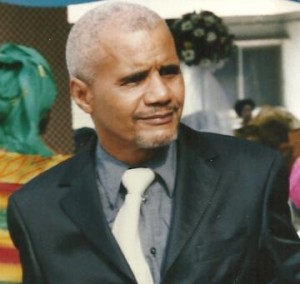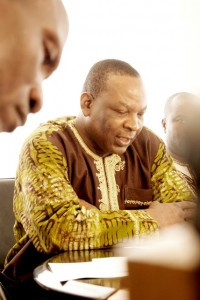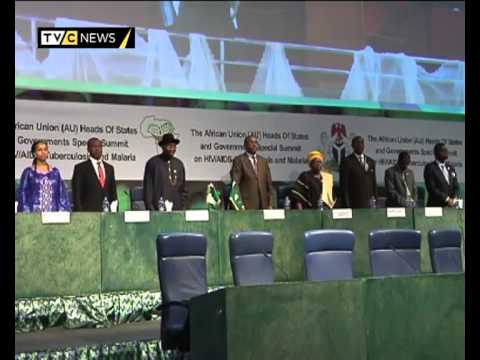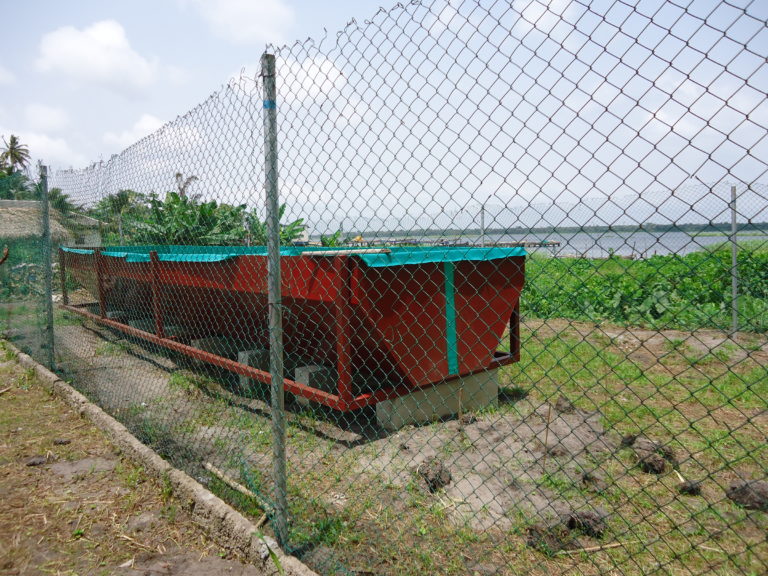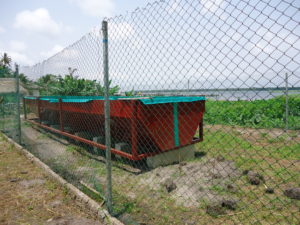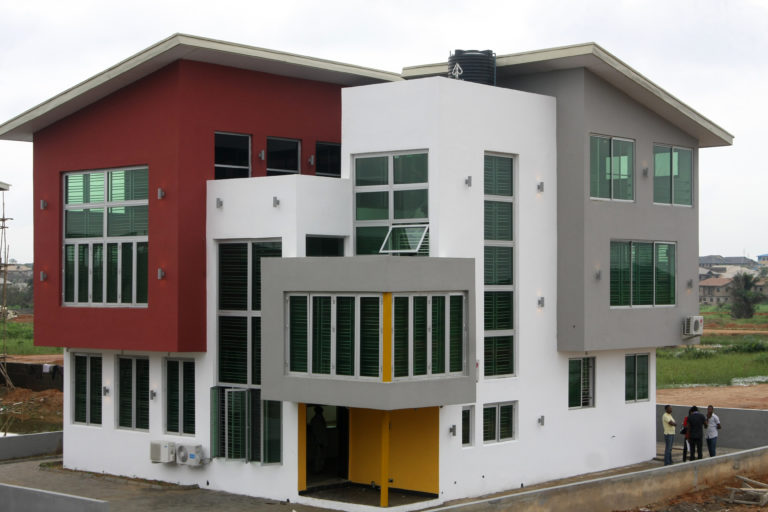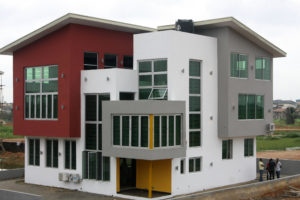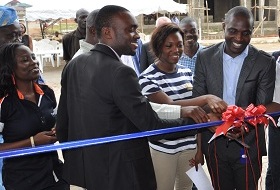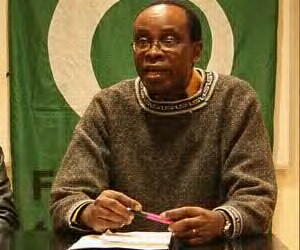A recent workshop in Ethiopia reunited governmental, civil society and private sector stakeholders, from various countries across Africa, to discuss the linkages between local REDD+ projects and national REDD+ strategies. Dr. Josep Gari, a UNDP professional and the Africa advisor for UN-REDD who is based in Nairobi, was invited by the organisers (FCPF and the Government of Ethiopia) to intervene at the closing panel. This article assembles and elaborates his public reflections.

The interrelated challenges of forest conservation and climate-change mitigation led to the birth of REDD+, an environmental finance mechanism that is endorsed by international negotiations and agreements under the United Nations Framework Convention on Climate Change (UNFCCC). The traction of REDD+ relies on the positive incentives, notably international climate-change finance, that developing countries would acquire against demonstrated achievements in reducing carbon emissions from deforestation and other forest-related activities. In order to be effective and lasting, REDD+ was originally conceived as a mechanism with a nation-wide scope, anchored to national-level policies, national implementation measures and public/private transformational investments. Such national scope would foster, achieve and demonstrate sustainable development with a social and environmental performance of magnitude. The national scope of the REDD+ mechanism is thus not arbitrary – it lays the basis for mainstreaming, impact and permanence.
In fact, defining the scope and scale of actions to mitigate climate change has been a central matter in international negotiations. The UNFCCC, through its Kyoto Protocol, enabled a dual approach: developed countries with a large legacy of carbon emissions were compelled to national targets of emissions reductions; whereas a number of “flexible mechanisms” allowed a project approach to climate change, notably in developing countries, consisting in the implementation of discrete, local interventions (the Clean Development Mechanism is a clear illustration). This project-based approach stimulated and engaged a myriad of entrepreneurs and non-governmental organizations, among others, into preparing and conducting numerous climate-change mitigation projects, from community-based actions to industrial innovations. This approach was appealing and became predominant, also permeating the REDD+ arena.
The project approach to climate-change affairs certainly nurtures experimentation and yields some benefits. But it is proving deficient to address the scale of the climate crisis and to deliver the UNFCCC goals, resembling more a therapy than a transformational endeavour to tackle the causes of the malady. Furthermore, stand-alone projects scarcely influence policy, while their long-term impact remains unclear, not to mention the risks of displacement of the emissions, particularly in the land-use and forest sectors. Accordingly, a second generation of instruments for climate change emerged after the Kyoto Protocol: REDD+ being the most paradigmatic of them. Their aim is national-wide schemes, engaging national policy as well as promoting national performance and safeguard measures. These second-generation mechanisms are meant to better foster transformations towards low-carbon and climate-resilient societies, connecting policy with action, and engaging large territories, all of which should serve the climate-change cause more resolutely.
National efforts for REDD+ are advancing in a number of countries, such as Costa Rica, the Republic of Congo, Viet Nam and Zambia. They prove complex and lengthy, which this is understandable since deploying innovative mechanisms nation-wide and reforming policies are major tasks. Conversely, local projects on REDD+ remain a tangible means to test innovations and to accomplish concrete results. In fact, REDD+ projects of diverse sizes and designs are advancing in several countries, such as Colombia, the Democratic Republic of the Congo, Indonesia, Kenya and Tanzania. The investment phase for REDD+ also accepts pilot projects – as geographically discrete interventions – yet the underlying philosophy of REDD+ remains the achievement of country-wide performance and compliance with UNFCCC objectives and criteria (e.g., UNFCCC’s Cancun Agreements: Decision 1/CP.16). In fact, pilot projects for REDD+ are proliferating with determination, to the extent that they seem to be overcoming the very national REDD+ processes with which they should be integrated. While national REDD+ processes are obviously cumbersome and tend to create some fatigue, pilot projects attract the attention of many stakeholders for their concrete nature and for bearing fruits sooner. However, are pilot projects on REDD+ contributing to, aligning with, or rather alienating national policy for REDD+?
The reality is that most pilot projects for REDD+ are poorly connected to national-level policy processes, sometimes prevailing as “successful” ventures against the complexities and discredit of national governance. This disconnection can undermine the aspiration of the REDD+ mechanism, as set out in UNFCCC negotiations and agreements. Pilot projects for REDD+, no matter if well designed or even if earning carbon credits, will prove an insufficient effort if they do not influence national development policies and institutions. They will only have a punctual impact, and a likely ephemeral effect, whether on climate-change mitigation, on forest conservation or on enhancing local livelihoods. Furthermore, pilot projects often broadcast a disparity of methods in designing and implementing REDD+ activities, for instance when defining reference levels, carbon rights or benefit-sharing arrangements. Such disparity, although healthy in terms of experimentation, will later cause controversy: for instance, project beneficiaries may enter complaints, or even grievances, if they feel their project is more difficult or yields fewer benefits than another. Such disparity will also undermine the ability of governments – and their prerogative – to establish national standards and policy for REDD+.
REDD+ projects can, however, support national REDD+ processes well, through advocating REDD+, experimenting with REDD+, and creating a critical mass of practice on how to craft REDD+. Meanwhile, developing national policy is required to stimulate an orderly emergence of projects, providing them with common methodological guidance, endowing them with legitimacy, and embedding them into a national purpose. How could both approaches to REDD+ cooperate and conciliate with each other? These are crucial questions for countries and stakeholders to address in the REDD+ readiness phase. There is need for specific actions to build a cohesive interface between national policy and activities on-the-ground for REDD+, in order to avoiding a dispersion of approaches or a disruption of the essence of the mechanism.
A number of actions and measures are proposed to help bridge these two REDD+ trends – national policy processes and pilot projects – allowing them to feed into each other. They are: establishing a regular dialogue between governments and pilot-project actors; drawing up basic national policy/guidance for REDD+; establishing national REDD+ registries (as an institutional, managerial device for organization, monitoring and transparency of projects); and exploring the so-called jurisdictional REDD+ projects (which tend to blend a project approach with decentralized governance).
First, regular dialogue between governments and project actors is necessary in climate-change practice, not just on REDD+, in order to exchange views, disseminate lessons from the field, craft alliances and set common benchmarks. The innovative nature of many UNFCCC instruments and initiatives, compounded with the lack of a specific policy framework in the countries, require governments to establish a regular multi-stakeholder dialogue, as an interim step, in order to build policy and methodological coherence across the board. In addition, consulting pilot-project stakeholders (from project entrepreneurs to community participants) will provide governments with extremely valuable information and field experiences for the design of pragmatic national REDD+ strategies, including the REDD+ implementation infrastructure (e.g., governance measures, monitoring systems, required socio-environmental safeguards). Equally, the public advice of government, via the proposed multi-stakeholder dialogue efforts, will assist local projects, helping them to better align with national development policy, and providing them with sufficient legitimacy (especially when basic national policy or national standards on REDD+ are absent, or under development). Therefore, regular REDD+ forums that put governmental and project constituencies together are proposed, and not just to share information and perspectives, but also to agree on common approaches and basic standards for REDD+. Some efforts in this sense are ongoing: the government of Kenya regularly invites pilot-project stakeholders to national consultation events for REDD+ (in return, pilot-project engage in contributing with local insights to such national policy dialogue); Cambodia has hosted exchanges between pilot projects and national stakeholders to identify successful ways to resolve forest-related conflicts; and the national REDD+ coordinating cell of the Democratic Republic of the Congo has actively provided technical guidance and support to the design of a number of pilot projects for REDD+ across the country.
Furthermore, establishing basic national policy on REDD+ (or some sort of formal guidance from government) is recommended and increasingly required, more so as pilot projects proliferate. REDD+ is a new mechanism and thus countries may face a policy vacuum for it – to which project entrepreneurs respond with tailored approaches, which are not necessarily in the best interest of the nation. Hence some national-level guidance is eventually needed, for a number of reasons, namely: to better organize and orient pilot-project initiatives; to define national priorities (such as may be geographic priorities or deforestation drivers that require urgent attention from project interventions); to inject some consistency in the methods and standards used by pilot projects; and, not least, to federate local efforts towards a national goal. In Africa, Kenya and Nigeria intend to develop a policy note and a decree-like instrument, respectively, to address such policy vacuum on REDD+ and to better frame pilot projects and local actions. The Democratic Republic of the Congo has already enacted legislation on REDD+ to provide such policy direction: a Prime Minister’s decree endorsing the national REDD+ process and its national-level managing structures (2009); a ministerial decree defining the basic procedures to formalize REDD+ projects (2012); and the Council of Ministers adopting the national REDD+ Framework Strategy (2012). In addition, national REDD+ strategies – which are the pivotal REDD+ policy instrument – should ideally define the criteria, standards and priorities for pilot projects, so that all efforts in the country, at all scales, contribute towards a common (and measurable) performance objective.
A third proposed action is the establishment of a national REDD+ registry, which represents an effective system for a government to organize, guide and monitor project initiatives in their country. REDD+ registries are on-line platforms that facilitate that REDD+ projects and activities align with essential national standards, guiding them towards common national objectives, while ensuring transparency, consistency and quality in the REDD+ arena. The Democratic Republic of the Congo has been the pioneer country in conceiving and establishing a REDD+ registry, backed by a ministerial decree, although it still has to become operational. It has provisions for an approval process, by government, when carbon credits are involved, in order to ensure national oversight and further transparency in any credit transaction (which is a new, delicate matter). Colombia also intends to establish a national REDD+ registry, more so in view of the volume of early action, project-based activity so far. In essence, national registration instruments, even if imposing some operational restrictions and requirements to project promoters, will actually enhance their legitimacy. Yet registries should be well designed, with both realism and pragmatism: if the registration criteria, national standards and approval process for REDD+ are too demanding or very strict, they will suffocate project initiatives and kill REDD+ at the grassroots.
A final remark goes to the consideration of the typology of pilot projects for REDD+. A recent innovation in REDD+ is the concept of jurisdictional REDD+ initiatives, where a decentralized or local government is closely involved in, or may actually lead on a REDD+ initiative. This seems an advantageous type of pilot initiative because it matches with a public administration entity, thus integrating better the multi-sector dimensions of climate-change action. In practical terms, this form of REDD+ approach blends better local action with public policy, and may actually become favoured for its mix of project and governance elements. In fact, guidance and methodologies for jurisdictional REDD+ projects are emerging in the voluntary carbon market community (e.g., VCS, ACR) in recognition to this new approach and its advantages. Brazil and Indonesia are advancing the jurisdictional approach to REDD+, which fits the ‘sub-national’ scale as endorsed in the UNFCCC agreements.
In summary, national policy and local activities on REDD+ are advancing simultaneously, but often in a disconnected manner, somehow unevenly. This can create disruptions, maybe contradictions, in climate-change mitigation efforts. However, both trends are necessary and can actually strengthen each other, creating valuable synergies. The deployment of specific measures is required to bridge national policy with pilot projects, ensuring that both strata are compatible and mutually reinforcing: these measures range from routine dialogue to establishing registration systems, and from defining national standards for projects to allowing project lessons to inform national REDD+ strategies. This interaction, which may also become a healthy contest of ideas and methods, has started and should intensify. The desired outcome is the conciliation between the first and second generation approaches for climate-change action, probably getting the best of each on board. This will serve better to put into place the transformational policy and practices that the climate-change crisis urgently requires.


